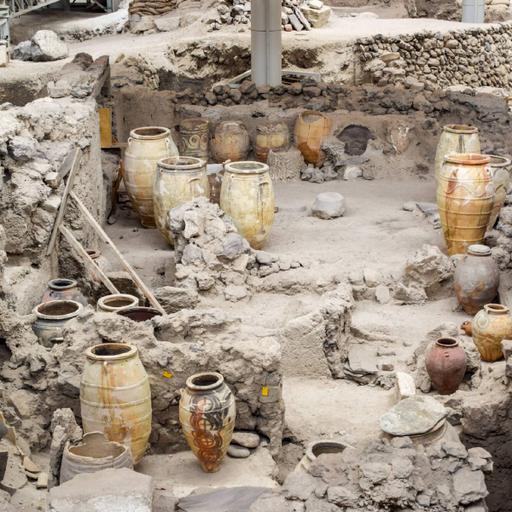Harappan Civilization
Presentations | English
The Indus valley civilization was a cultural and political entity which flourished in the northern region of the Indian subcontinent between 3300 BCE - 1300 BCE. Its modern name is derived from its location in the valley of the Indus River, but it is also commonly referred to as the Indus-Saraswathi Civilisation and the Harappan Civilization. These designations came from the Saraswati River mentioned in Vedic sources which flowed adjacent to the Indus River and the ancient city of Harappa in the region was the first one found in the modern era. The region extends from modern-day northeast Afghanistan to Pakistan and northwest India. Important innovations of this civilization include standardized weights and measures, seal carving, and metallurgy with copper, bronze, lead, and tin. Before the excavation of these Harappan cities, scholars thought that Indian civilization had begun in the Ganges valley as Aryan immigrants from Persia and central Asia populated the region around 1250 BCE. The discovery of ancient Harappan cities unsettled that conception.

11.75
Lumens
PPTX (47 Slides)
Harappan Civilization
Presentations | English
